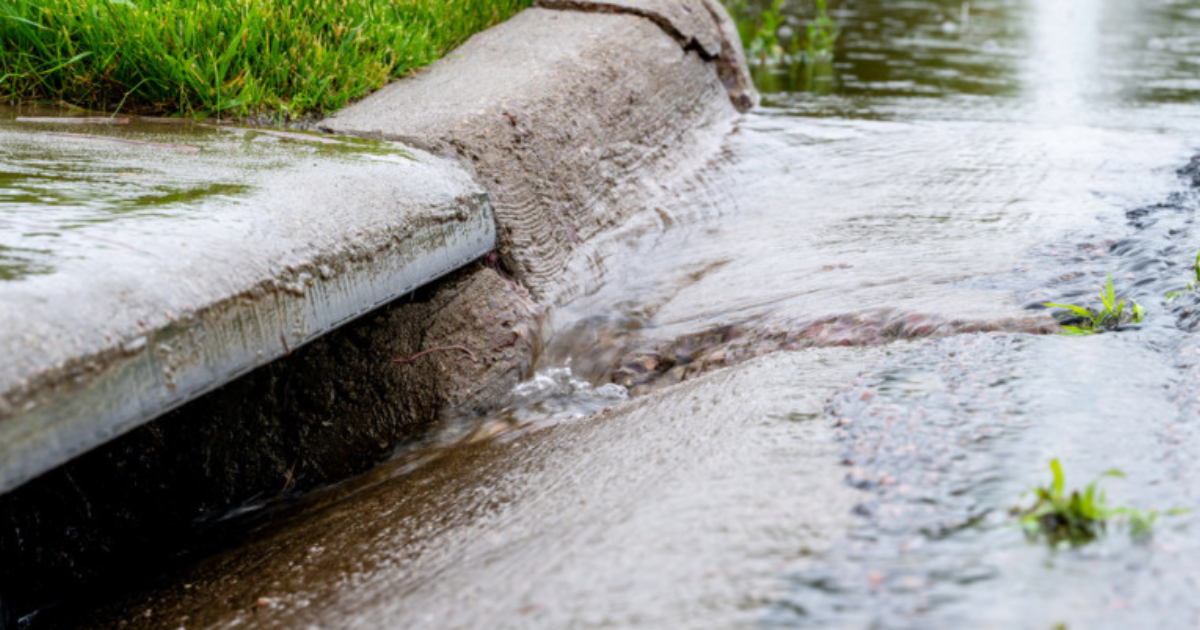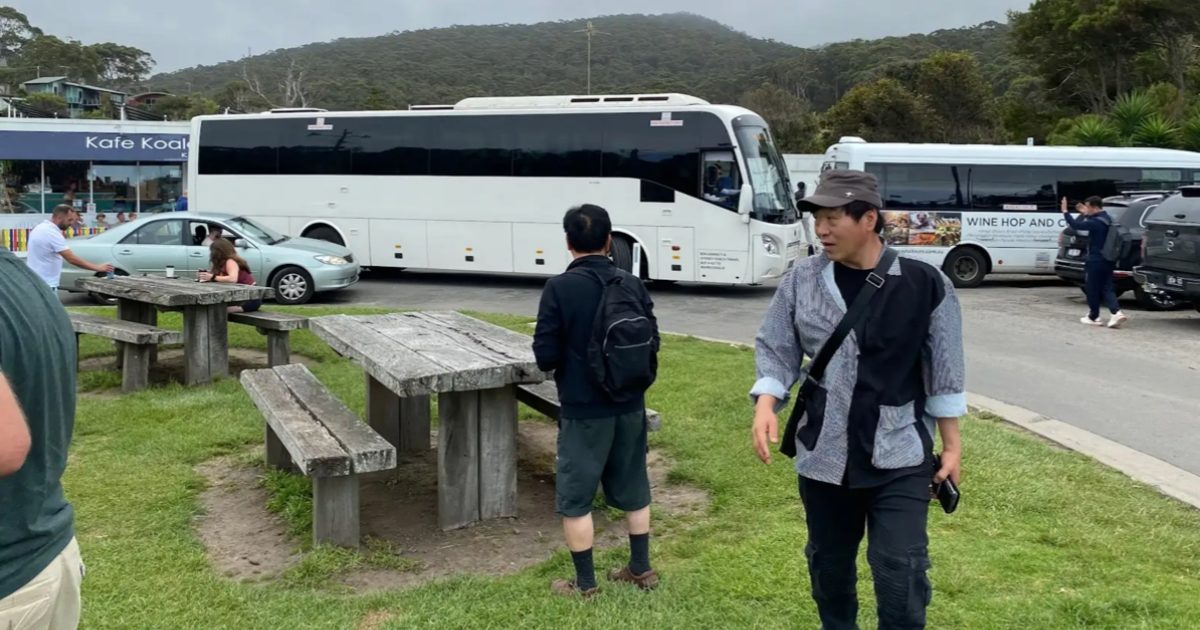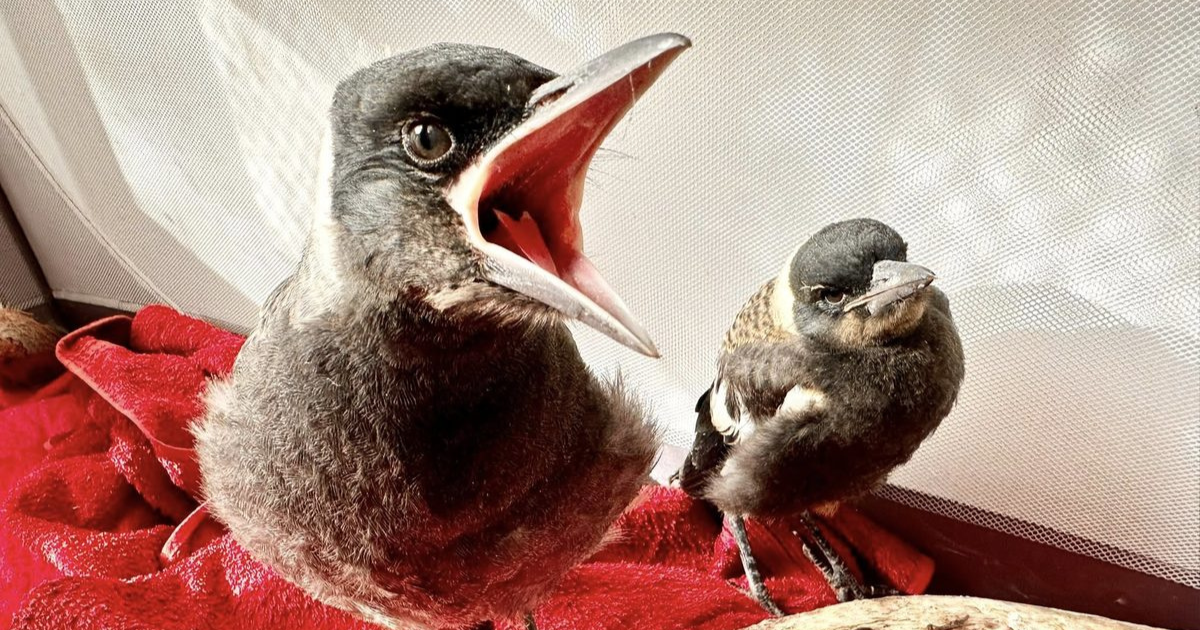Fighting fires from the air for 40 years

Rappelling uses specialist equipment to transport firefighters from a hovering helicopter to the ground. Photo: SUPPLIED
THIS summer, Forest Fire Management Victoria’s (FFMVic) helicopter rappel program is celebrating 40 years of delivering forest firefighters to fight some of the state’s most remote and inaccessible bushfires.
Rappelling uses specialist equipment to transport firefighters from a hovering helicopter to the ground.
This allows fire crews to deploy quickly to remote and mountainous locations where there may not be road access or space to land a helicopter.
The firefighters can then bring small fires under control quickly using “dry firefighting” techniques to slow its spread until other resources can reach the fires, or clear areas to allow helicopters to land.
Dry fire techniques include using rakehoes to establish mineral earth breaks and using chainsaws to create fire breaks or improve access to other firefighting resources.
Since its establishment in 1985, more than 350 firefighters have taken part in the program.
Crews are based at Heyfield and Ovens and can be deployed across the state.
When they are not deployed to fires, rappel teams help deliver FFMVic’s land and fire management works, including assessing and treating hazardous trees and clearing tracks.
Each year, crews have several weeks of training in readiness for the fire season.
Training began this month for both returning and new members across Victoria, including in Melbourne, Ovens, Heyfield and Howqua.
To be eligible for the program, new members must have had firefighting experience and a good level of fitness, but abseiling experience is not required.

Training starts at the rappel tower at the Fire Equipment Development Centre at Altona, which includes a helicopter mock-up.
Once students have demonstrated their competency in rappelling, they progress to a helicopter. Initial rappels take place at about 120 feet, gradually increasing to 300 feet.
The training is led by Bryan Rees, DEECA senior aviation operations officer, who has been a part of the rappel program since its start.
‘I’m proud to have been involved in the rappel program over 40 seasons and to see how far it has come.
“Lives, properties, infrastructure and landscapes have undoubtedly been saved by having the ability to put firefighters on the ground so soon after a fire is detected.

“We aim to instill a strong sense of teamwork, discipline and safety in our crews during training. Once rappel crews are on the ground, they are firefighters like any other.”
Chief Fire Officer Chris Hardman said four decades of the rappel program was an incredible milestone.
“Rappelling is a critical part of the way we fight fires in remote or difficult terrain, allowing us to stop small fires before they become big fires.
“Rappel training is just one of the ways FFMVic is preparing for this year’s fire season. This is a great reminder to the community that they too have a role to play.
“We encourage all Victorians to take steps to prepare for the summer ahead.”

















